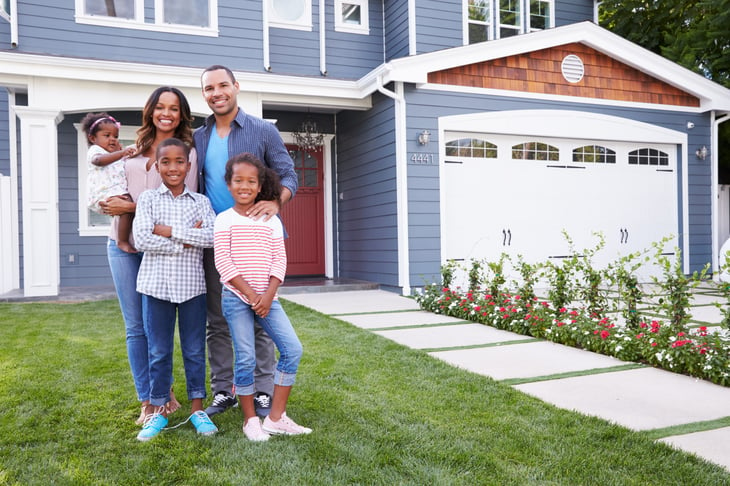
Editor's Note: This story originally appeared on Point2.
House hunting is always exciting as you explore a myriad of properties to unearth your dream home. But, when you do find your dream home, it’s all too easy to fall in love and jump in with an offer.
However, before you do anything, it’s essential to take a few steps back and look at the neighborhood. Even the most perfect house can become a nightmare if you’re unhappy with the surroundings.
With that in mind, let’s look at some common neighborhood issues to be aware of, as well as some more positive aspects to seek out.
7 Neighborhood Problems To Avoid
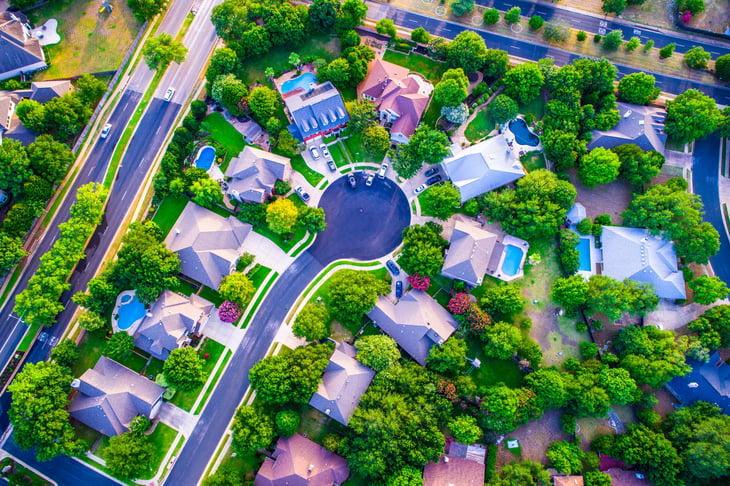
Besides impacting your quality of life, buying a home in a bad neighborhood can also have financial implications.
So, even if you’ve found your ideal home for a bargain price, step back and take the time to explore the neighborhood you plan to call home.
1. Vacant Lots and Foreclosed Homes
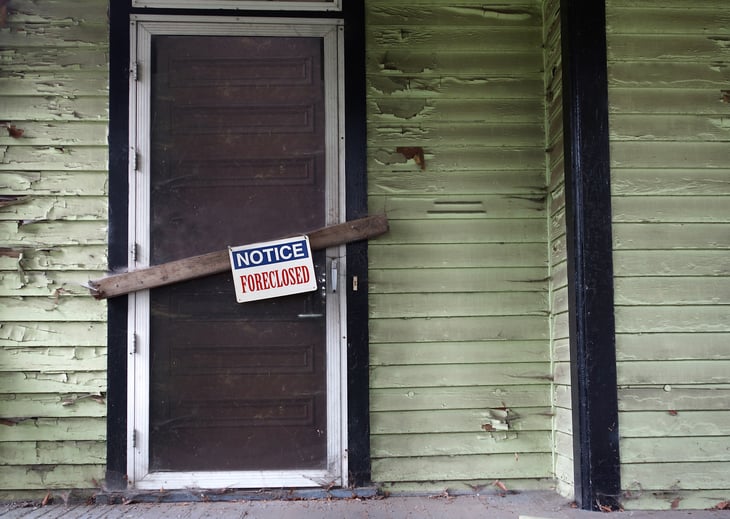
Driving through a neighborhood full of vacant lots and foreclosed buildings should raise red flags.
Both residential and commercial buildings that have been abandoned can point to a community in decline, with a lack of facilities and plummeting house prices.
2. Shabby Curb Appeal
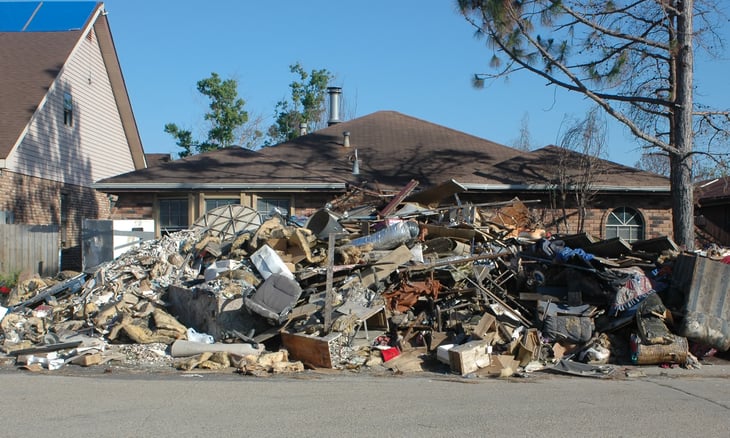
Whenever you view a house, it’s essential to look at the curb appeal.
Sensible sellers will pull out all the stops to make their homes look amazing, but don’t get tunnel vision. Be sure to analyze the curb appeal of your potential future neighbors, too.
Unkempt yards full of garbage, poorly maintained buildings and structures, and overgrown grass can point to a potentially lousy neighbor.
Not only that, but failure to maintain their property can endanger you and your family in extreme cases.
3. College Town Rentals
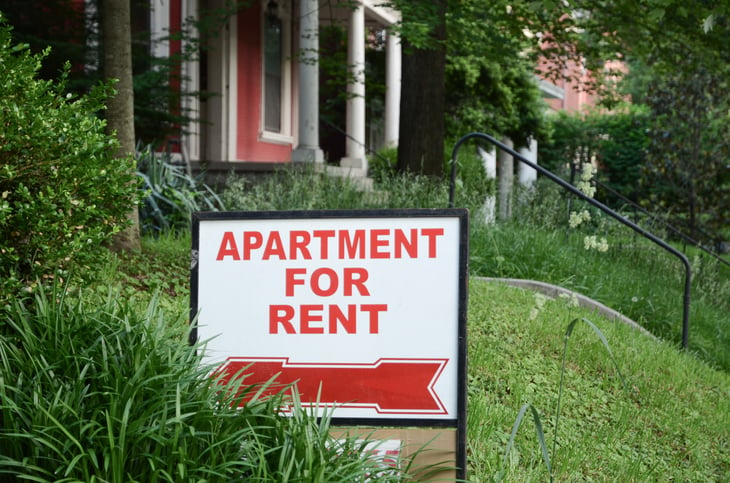
College towns are full of life, buzzing with vibrancy, and typically home to a wealth of fantastic facilities and entertainment options.
However, if you plan on buying a home, there’s a good chance that your lifestyle will differ from that of college kids.
So, when house hunting in a college town, be sure to check any neighborhoods you’re interested in to see what the housing inventory consists of.
Areas with a lot of rentals will likely be home to college kids, complete with house parties, pranks and other shenanigans.
4. Party Animals

It’s not just college kids who love to party, and if you’re not careful, you may end up buying a house next to a bunch of 24-hour party people.
However, the signs are typically easy enough to spot if you’re willing to take the time to visit the area several times beforehand.
Look out for lines of parked cars outside a single-family home, a lot of furniture on the deck, and garbage cans filled with empty bottles and cans.
If you’re planning to start a family, party animals can be a nightmare to live next to.
5. Problem Pets

Party animals aren’t the only wildlife to be aware of in a bad neighborhood. Look for problem pets, which almost always indicate problem neighbors.
Pets that look neglected or are chained up can suggest that you might not want to live next to their owners.
Visiting the area at night is a good idea to get the complete picture. If dogs are constantly barking or strays are scavenging through the trash, you might want to think again about moving into the area.
6. Unsavory City Amenities
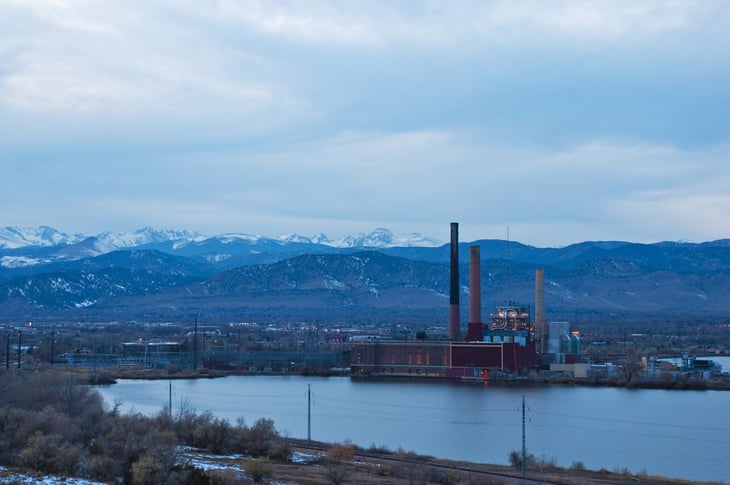
While we all benefit from a constant supply of fresh water, electricity and regular garbage disposal, not many of us want to live near a landfill, power station, or even a busy freeway or train line.
The noise, smell and light pollution given off by public facilities can soon reduce your quality of life while lowering the value of your home. Here are some common things to look out for:
- Airports
- Railways
- Busy roads
- Sewage treatment plants
- Power stations
- Prisons
- Landfill sites
Sellers seldom mention these things when advertising their homes, so it’s up to you to do your due diligence and look out for such facilities.
Also, be aware that these kinds of facilities may not yet exist in the area, but plans have been approved to install them in the near future. Fortunately, such plans are made public, so be sure to do your research.
7. Distances From Work and Other Amenities

Perhaps you’ve found a home and neighborhood that ticks all the right boxes. But don’t put your offer in just yet. Another thing to consider is how far away it is from the amenities you’ll regularly need to use, such as work, school, shops and entertainment venues.
Usually, the commute is the most significant factor to contend with as it can soon eat into your day by several hours. The best advice is to commute from the home you’re prospecting at rush hour to see how long it takes.
How To Find a Great Neighborhood
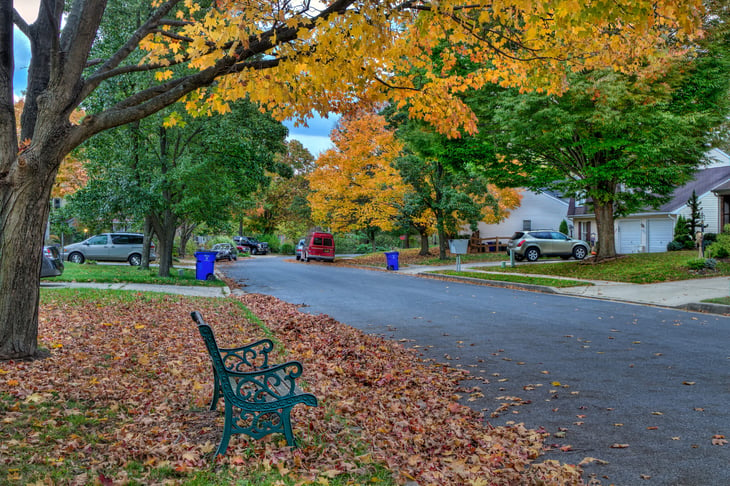
Hopefully, we haven’t scared you off just yet. Indeed, there are plenty of fantastic places to call home. You simply need to do your research and take your time to look out for both the problems and the good aspects.
The best way to get to know a new neighborhood is to spend time there. It’s well worth visiting any area you’re prospecting several times before making a decision, ideally at different times of the day and night and throughout the week.
To really get stuck in, perhaps spend a few nights in the community, checking out neighboring homes, public facilities, entertainment options, and rush hour traffic. This way, you can familiarize yourself with the area.
With that in mind, here are a few positive aspects to look out for in a neighborhood.
1. Walkability

Most of us are used to relying on a car to get around, but an increasing number of neighborhoods are striving to be more walkable. Not only is this great for your physical health, but it can also positively impact your mental state.
Plus, you can save a lot of money on fuel, road tax and car maintenance.
A walkable neighborhood will boast streets that have been designed with pedestrians in mind.
Look out for wide sidewalks furnished with benches, trash cans, and even water fountains. There will typically be plenty of public transit options available, too, making it easy to get around without driving.
Low-speed, multi-purpose roads are another sign of a walkable neighborhood, with dedicated cycle lanes and streetcar tracks alongside car traffic. You’ll also find street crossings at regular intervals, ensuring safety for all road users.
2. Street Lighting
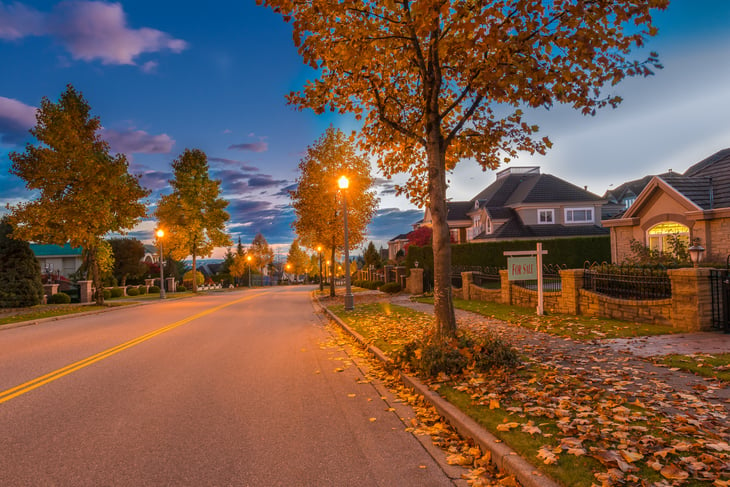
Good street lighting offers a sense of safety and often goes hand in hand with a low crime rate and fewer road traffic accidents.
Street lighting shouldn’t be restricted to commercial centers either. Residential streets that enjoy good street lighting are almost always safer than those without.
3. Well-Maintained and Clean
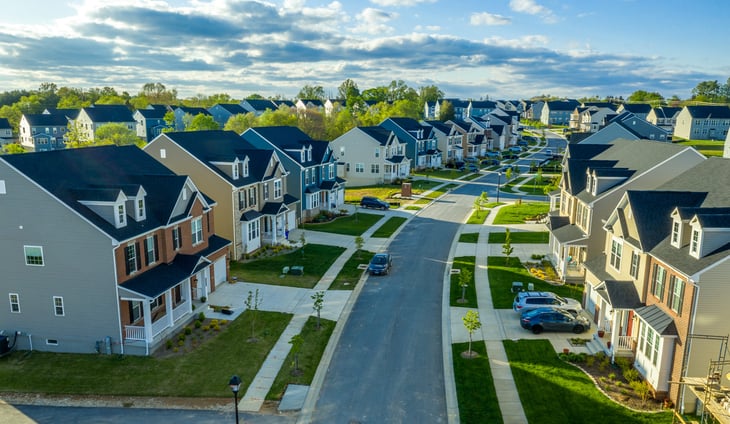
Neighborhoods with clean, well-maintained streets and facilities are well worth seeking out when house hunting. Not only does it look much more appealing, but it also improves safety while navigating sidewalks.
Properties in good shape usually indicate a thriving area, compared with vacant lots, which can attract crime.
4. Lots To See and Do

A thriving neighborhood will tend to have several bustling small businesses and facilities for residents to enjoy.
From schools and cafes to workplaces and restaurants, they all indicate growth, which can be great for property values in the future but also provide a superb environment now.





Add a Comment
Our Policy: We welcome relevant and respectful comments in order to foster healthy and informative discussions. All other comments may be removed. Comments with links are automatically held for moderation.